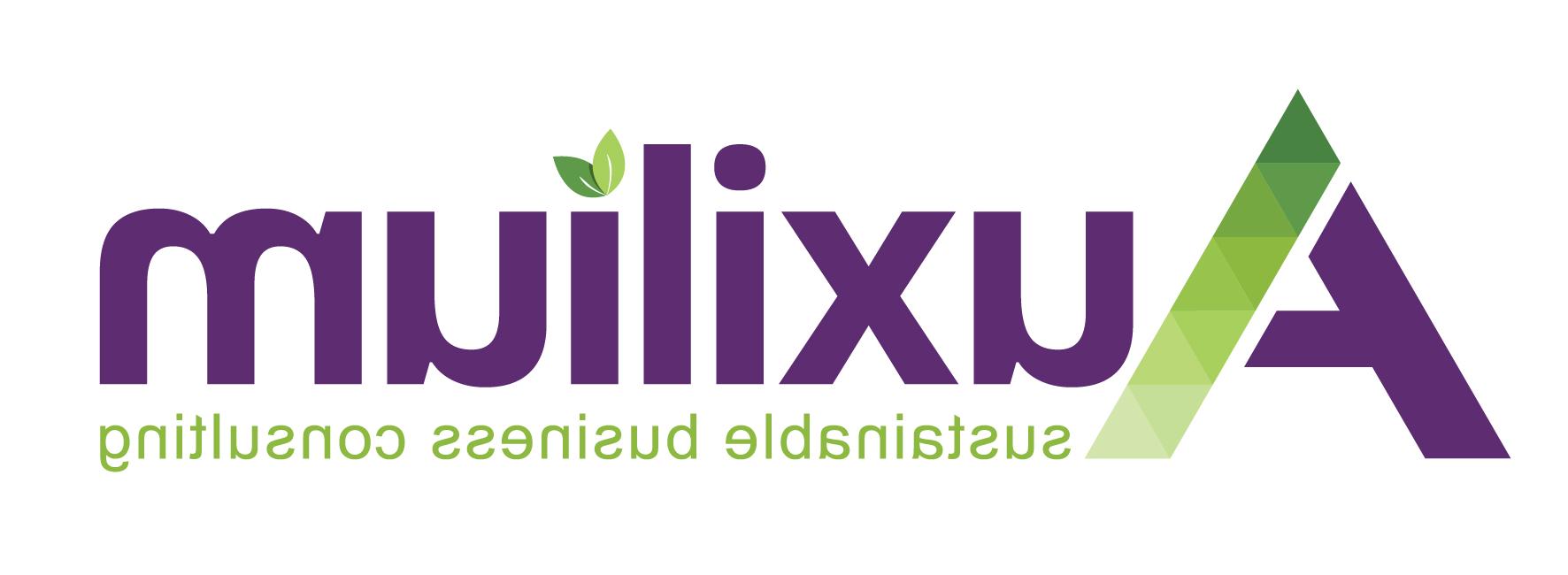Então, quando você tem um momento em que não consegue pensar claramente ou está planejando ou pesquisando, o brainstorming é a maneira perfeita de explorar tudo em torno desse assunto.
Tomar um tempo para deixar os pensamentos fluirem livremente e aleatoriamente desencadearão idéias e momentos de lâmpada.
Então, basicamente, o objetivo é explorar tudo, incluindo associações aleatórias para resolver um problema e encontrar soluções.
Existem vários métodosdifferent methods incluindo reverso, pare e vá, Phillips 66 e escrita cerebral, mas o que funciona melhor para mim é pegar uma das minhas Folhas de quadro branco mágicas e todas as minhas canetas de quadro branco coloridas.
Encontro um espaço na casa e coloquei o lençol na parede (ele manta magras e pode ser derrubado sem marcas na parede!) E, em seguida, certifique -se de ter espaço suficiente para recuar e andar enquanto estou pensando. SO Minhas dicas superiores são
- Encontre um lugar longe de onde você normalmente trabalha para brainstorm. Folhas, canetas coloridas e marcadores. É necessário um brainstorming adicional nessa área. Hoje, amanhã, na próxima semana, no próximo mês, etc. Chunking as tarefas cria pontes para a próxima e faz com que todo o processo pareça sem esforço. Faísca lúcida, zoom Whiteboard, Google Workspace, equipes e OneNote para ajudar a facilitar as sessões e compartilhar e gravar descobertas. ou serviço Você pode querer fazer uma pesquisa com clientes em potencial perguntando o que precisam e querer e, em seguida, o feedback pode ser alimentado em seu brainstorm para refiná-lo ainda mais. permite que as pessoas pensem mais livremente, sem medo de julgamento. Ele permite que as idéias de todos sejam agrupadas e consideradas. De acordo com
- Gather any colleagues who are central to the problem/task.
- Set a time limit, or several time chunks to work on parts ( e.g. 15 – 20 minutes)
- Use paper, post-its, whiteboard sheets, coloured pens & highlighters.
- Put the central problem, project, or words in the centre of the page in a shape ( e.g. circle)
- Think of all the affected areas and write them around the centre again in a shape with subheadings if needed.
- Collate all the ideas no matter how random.
- Subdivide each topic into another brainstorming mindmap if further brainstorming on that area is needed.
- Once finished review and highlight the mindmap for areas you can control or complete, areas that you are aware of but need to be done by someone else, and areas that are not relevant or could be ignored for this task.
- Take areas that you need to address and write them down in a planned priority list. Today, tomorrow, next week, next month, etc. Chunking the tasks creates bridges into the next and makes the whole process seem effortless.
- Do a SWOT analysis, to address strengths weaknesses opportunities, and threats.
- Share ideas and let people discuss their points of view and contributions.
- Record the session over Zoom/Teams/Google Meets and use software such as Miro, Trello, Lucid Spark, Zoom Whiteboard, Google Workspace, Teams, and OneNote to help facilitate the sessions, and share and record findings.
- Experiment with various techniques of brainstorming to find the one that suits you best.
- Maybe review the brainstorm once again a few days later and or sit down with a colleague and get their input and ideas.
- If this is a new product or service you may want to do some research with potential customers asking what they need and want and then the feedback can be fed into your brainstorm to further refine it.
- The more you do this the easier and quicker it becomes and it will become a natural way of allowing thoughts and ideas to flow.
- Remember to create an open-minded and creative environment for effective and efficient brainstorms

